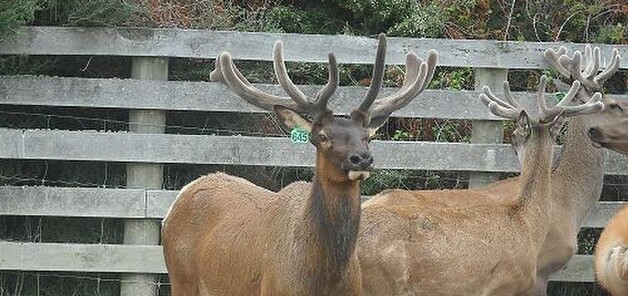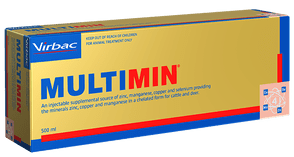It’s well known that good nutrition is essential for maximum velvet growth. While this usually refers to energy and particularly protein, it’s important to also remember the role of trace elements in setting stags up to produce good velvet yields.
For velvet production there are three trace elements that are thought to be most important – copper, zinc and manganese. Copper and zinc are the trace elements known to be critical for cell replication, and given that this is occurring more quickly in velvet than any other mammalian tissue the requirements for both of these are high. Nutrition and Genetics for Velvet Production
Manganese is a less well-known trace element, but has been shown in studies to be particularly important for velvet production. There are specific roles for manganese in casting and early velvet growth, where it’s thought it helps lay a framework for calcium to develop on. Low manganese has been found to reduce antler weight and strength, and it’s thought that the dietary requirement for manganese in stags is approximately three times that of sheep and cattle. While NZ soils often have high levels of manganese, liming has often reduced the spring availability (at pH 6.4 or higher), and regions with significant winter frosts like us here in the South are more likely to see deficiencies due to soil binding of manganese with silica at low temperatures.
This high short-term demand for multiple trace elements makes an injectable product like Multimin a good option for stags. Multimin contains selenium, copper, zinc and manganese, and is on-label for deer at a dose rate of 1ml/100kg by intramuscular injection. Injecting stags at or close to button drop is a good option to rapidly provide up to two month’s supply of all of the essential trace elements for velvet during the early period of high demand.
Ask us about Multimin for velvet stags today.


